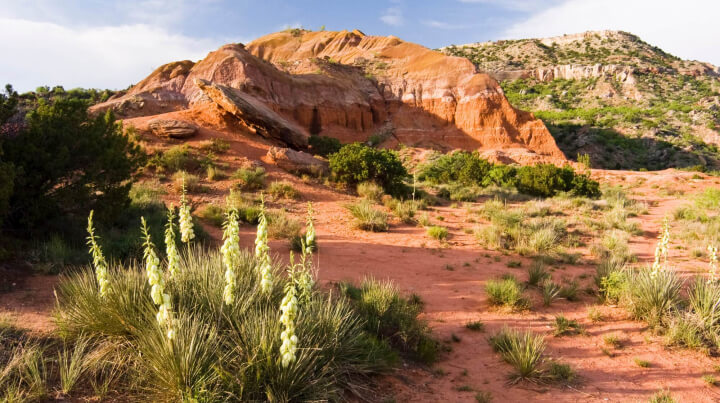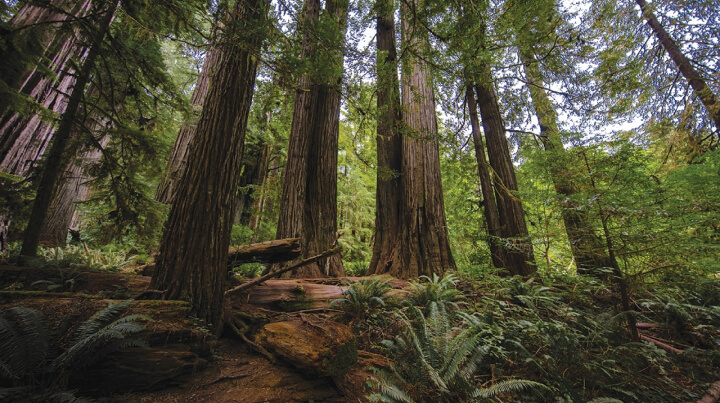Texas A&M Forest Service Nature Challenge

Plant Matching Game: Brazos Valley
Did you know that most people can identify over 100 corporate logos before 8 years old, but don't know the names of the plants around them? Beat the odds by playing this game!
Learn how to identify 29 urban plants (trees, shrubs/small trees, vines, wildflowers/forbs and grasses/grass-like plants) in your community in a scaffolded game. This activity is suited for individual, group or indoor/outdoor classroom learning use for any age. The plant images used were chosen to emphasize patterns that humans use to categorize plants and build skill in developing mental dichotomous keys to practice immediate visual recognition of common plant species.
Details

|
|
|
|

This Challenge is for:
- All Ages
- Formal Educators
- Informal Educators
- Landowners
Challenge Topics:
- At Home
- Biodiversity
- Connecting Children with Nature
- Conservation/Environmental Education
- Continuing Education
- Environmental Systems and Cycles
- Green Careers
- Habitat Restoration
- Homeschool
- Land Stewardship
- Nature and Mental Health
- Nutrition and Gardening
- Online or Virtual
- Outdoor Recreation
- Physical Health and Exercise
- School Campus
- Sustainable Agriculture and Food Systems
- Urban Greening
- Water Conservation
This Challenge is accessible for:
- People with Visual Impairments
- People with Hearing Impairments
- People with Mobility Impairments
- People with Developmental Impairments
- People with Sensory Sensitivities
Things you’ll need...
To complete this challenge
Step one
Download materials

Click Link to get materials on Google Drive.
Step two
Level 1

Use plant photos to match physical and visual characteristics to plants in your community. Exploration Questions • What patterns are you noticing? • Are you finding some plants in different places? How do those places differ from each other? • What colors are you noticing? • Did you find any new places? • What was your favorite plant or place?
Step three
Level 2

Use the characteristics on the back of the plant photos (and the plant photos) to practice new plant-related vocabulary and learn about the ‘clues’ that botanists, plant ecologists and foresters use to identify plants. Exploration Questions • Are there certain words, phrases or characteristics that are repeated? • Are there words that you aren’t familiar with? What do you think those words mean with context clues? • Why do humans care about plants and their characteristics?
Step four
Level 3

Using the example dichotomous key provided, see if you can find the names of the plants on our list. Exploration Questions • How many plants were you able to name and identify? • What would you change about the dichotomous key? • Do you feel like you could name these plants without the key? • Did you notice plants had characteristics that differed from each other?
Step five
Level 4

Using new or existing characteristics that you noticed about each plant, create your own dichotomous key. When you’re finished, switch with a friend and see if they can use your key. Exploration Questions • Did your friend notice or use different characteristics than you did? • What differences exist between your key and the example key? • What would you change about you or your friend’s key? • Were you able to accurately identify the plants?
Step six
Level 5

Get creative! Make a map, write a story, draw a picture or do another activity to learn more about plants on the list. Exploration Questions • Can you identify all 29 plants without a key? Do you use another tool or skill to memorize them? • Describe a time when you found a plant that you thought was interesting. What did you do? Why did you find it interesting? • When you started the activities, did you notice anything about how you were grouping plants or their characteristics together?
Step seven
Earn your badge!

Gallery
There aren't any images in the gallery.
Texas A&M Forest Service and cooperators collectively known as “Nature Challenge” have not inspected the physical locations of challenges. No warranty of safecondition, or fitness for particular use is granted by Nature Challenge. Nature Challenge has not vetted whether the challenges, as formatted by the Provider, is safe. Anyone performing this challenge will be doing so at their own risk.








